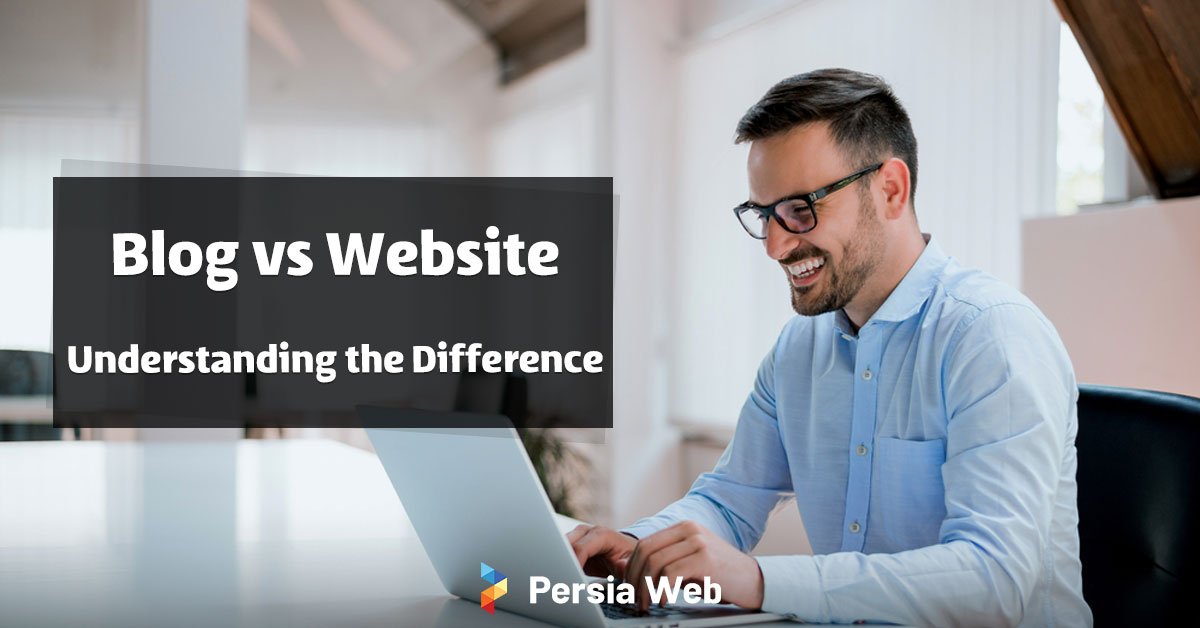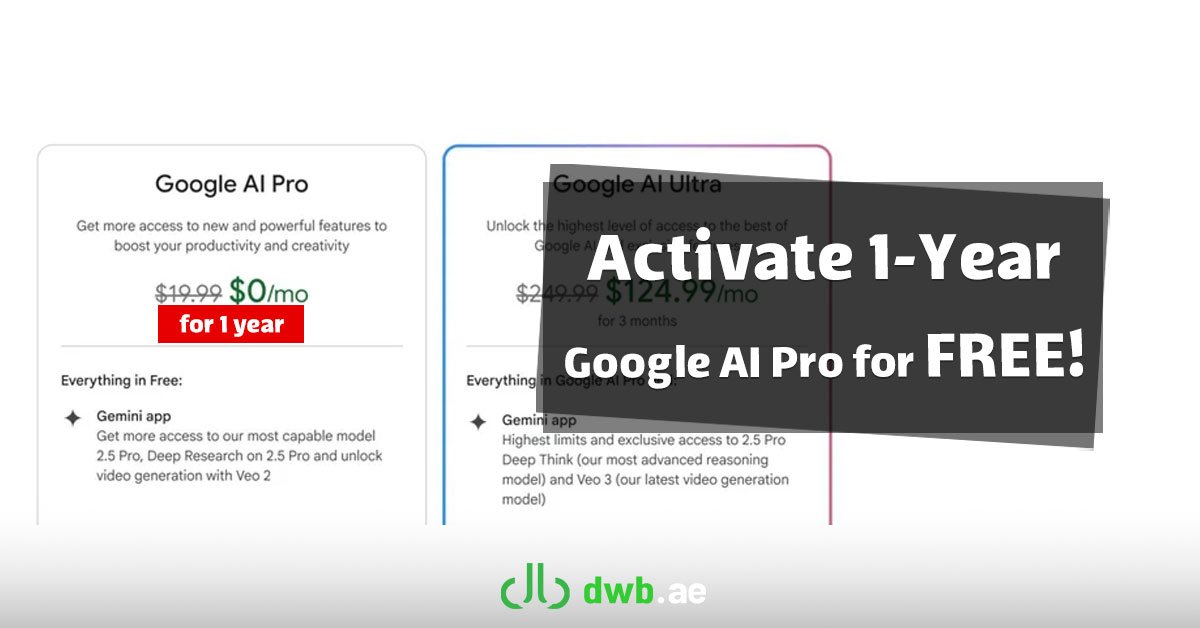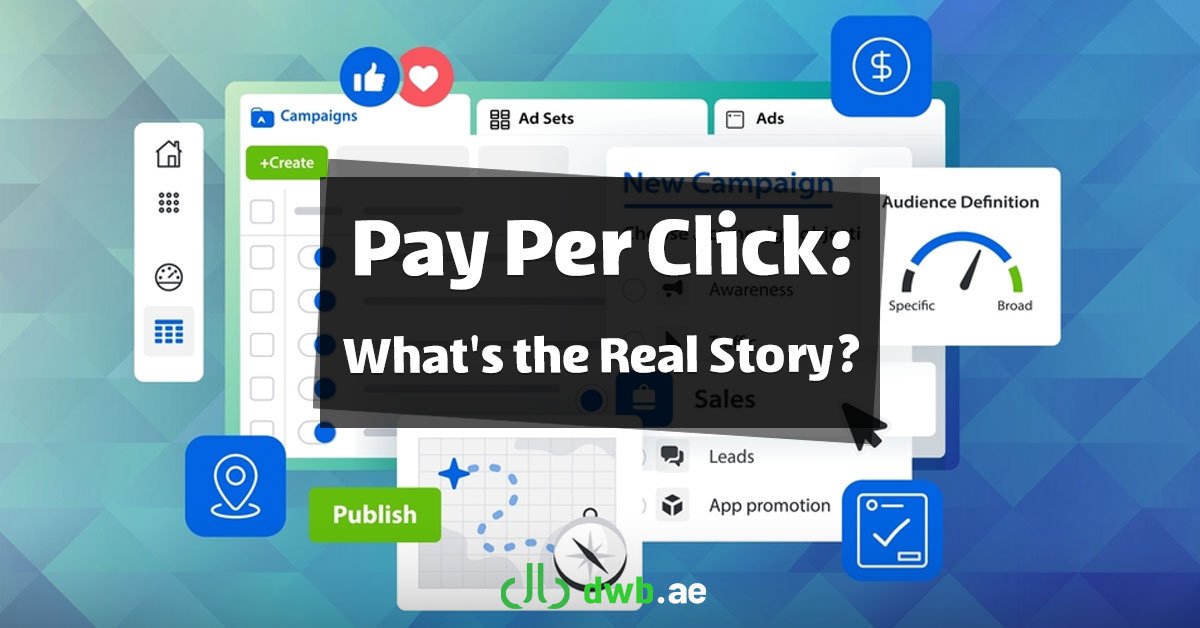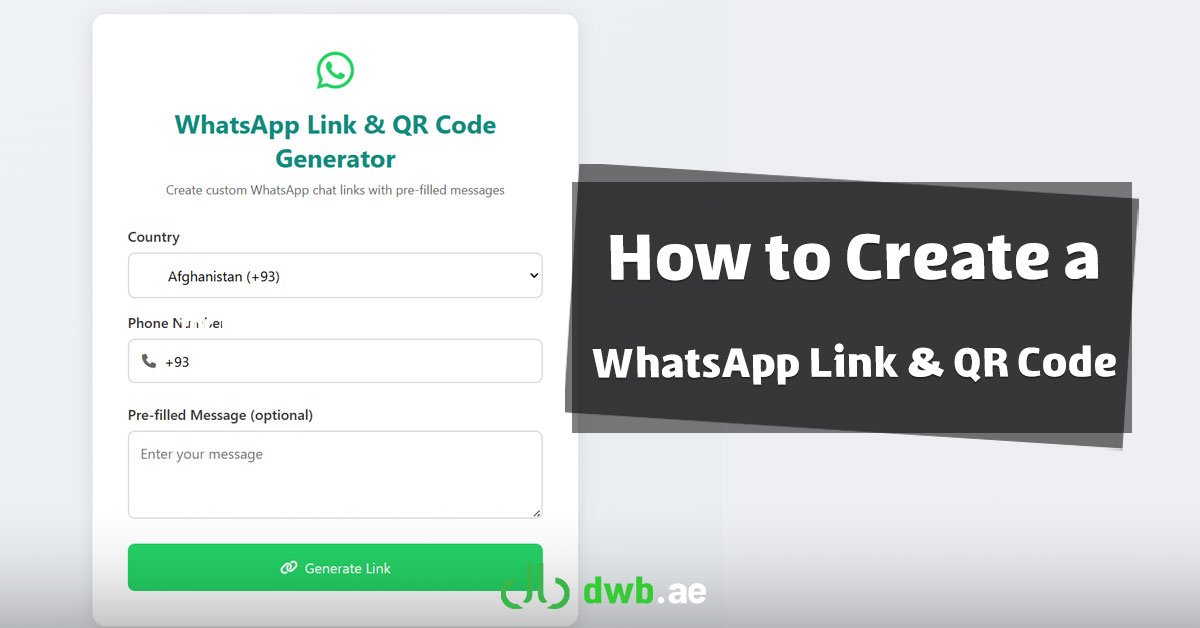The internet has revolutionized the way we communicate and access information. This vast network connects people from all corners of the globe, making the world feel smaller and more interconnected. In this article, we’ll delve into two popular online terms: blogs and websites. We’ll explore their definitions and highlight the key differences between them.
What is a Blog?
A blog is a type of website where content is presented in a chronological order, with the newest posts appearing at the top. Individuals or groups can create blogs to share their thoughts, experiences, and knowledge on various topics. Blogs are typically updated frequently, with new content added regularly. Bloggers are constantly creating fresh posts to keep their readers engaged.
What is a Blog Post?
A blog post is an individual article or entry published on a blog. Blog posts can cover a wide range of subjects, including:
- News and events: Sharing the latest happenings in a specific field.
- Tutorials and guides: Providing helpful tips and instructions.
- Reviews and opinions: Expressing thoughts and opinions on various topics.
- Storytelling: Sharing personal experiences or narratives.
- Entertainment: Offering fun and engaging content.
- Blog posts are generally listed in reverse chronological order, with the most recent post appearing first.
What is a Website?
A website is a collection of interconnected web pages that share a single domain name. These pages can contain text, images, videos, audio files, and other digital content. A website is hosted on a server and consists of various elements such as a homepage, subpages, contact forms, online stores, and more. Persia Web offers professional website design services.
Key Components of a Website:
- Domain name: The unique address used to access your website.
- Web hosting: The server space where your website’s files are stored.
- Web pages: The building blocks of a website, containing text, images, and other content.
- Code: The programming language used to create and design the website.
Types of Websites:
- Personal websites: Created by individuals to share information about themselves or their interests.
- Business websites: Used by companies to promote products or services and increase sales.
- Government websites: Created by government organizations to provide information and services to citizens.
- Educational websites: Designed to teach people about various subjects.
- News websites: Used to deliver news and information to users.
- Non-profit websites: Created by non-profit organizations to promote their causes.
Benefits of Having a Website:
- Global reach: Your website can be accessed by people all over the world.
- Affordability: Creating and maintaining a website can be cost-effective.
- Flexibility: You have complete control over the design and content of your website.
- Audience engagement: A website allows you to connect with your audience and gather feedback.
- Credibility: Having a website can enhance your credibility and reputation.
Who Uses Websites?
Individuals, businesses, organizations, bloggers, and many others use websites for various purposes such as providing information, selling products or services, marketing, communication, education, and more.
Key Differences Between Blogs and Websites:
- Design and layout: Blogs typically have simpler designs, while websites can have more complex structures.
- Content: Website content is often more formal and authoritative, while blog content can be more casual and personal.
- User interaction: Blogs are designed to encourage interaction with readers, while websites may have limited interaction features.
- Purpose: Blogs are primarily used for sharing ideas and experiences, while websites serve a variety of purposes.
- Marketing: Websites are often used for marketing and sales, while blogs can be used for both marketing and personal branding.
- Writing style: Blog posts tend to be more conversational and informal, while website content is often more structured and formal.
- Sharing capabilities: Blogs typically have built-in sharing features, making it easy for readers to share content on social media.
Conclusion
Understanding the difference between blogs and websites is essential for anyone looking to create an online presence. Both have their unique strengths and can be valuable tools for individuals and businesses.













